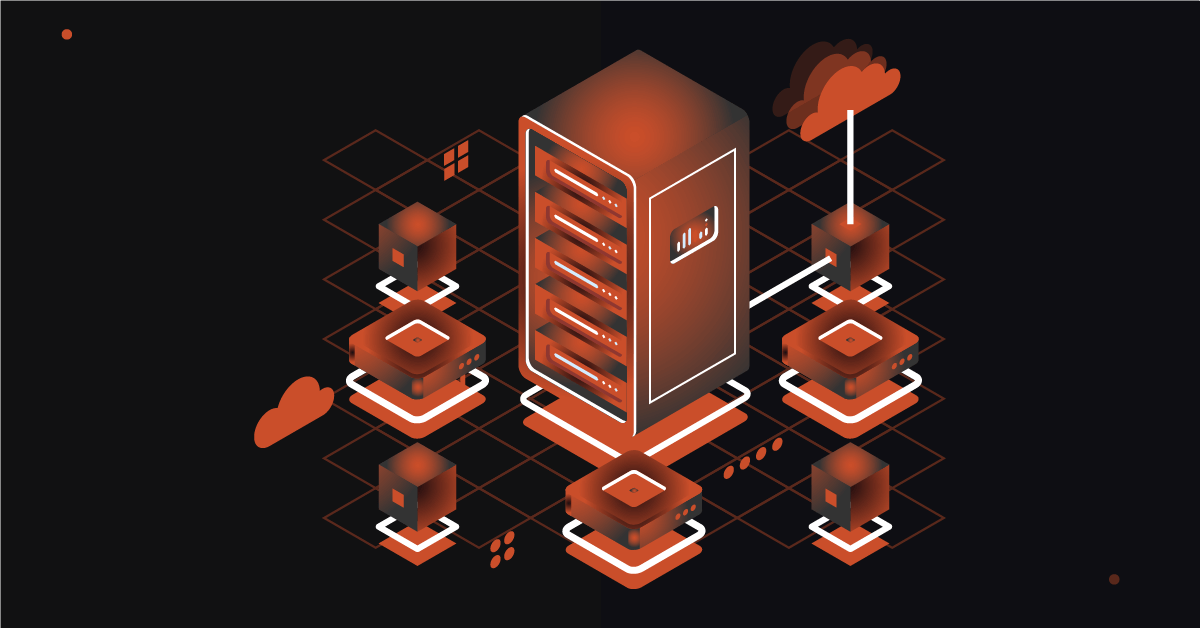A Hybrid Integration Platform is set of integration software that helps connect, maintain and govern integrating business applications, whether on-premise or cloud, as well as composing APIs, incorporating lifecycle management and catering to any kind of integration use cases. But do you really need to invest in a Hybrid Cloud Integration software?
Contents
Key reasons for you to invest in a hybrid cloud integration
Many organizations have been using or still use old legacy applications for their business and cannot forgo or drop these applications. Also, with changing or increasing requirements they are slowly incorporating modern hosted cloud and SaaS (Software as a Service) applications. Also take a look at how to integrate SaaS applications?
A hybrid cloud integration facilitates the following:
Connect diverse applications
Keeping on-premise and cloud applications connected will ensure information transfers between two systems that are hosted in two different locations. Hybrid Integration presents a middleware service layer between these two applications, thereby allowing systems from two different generations to talk to each other.
Security and regulations
Most companies still feel it unsafe to hold their data in the cloud environment and want to have control over their sensitive information. Thus, a sense of assurance is present in the on-premise implementation. Moreover, most organizations have data regulations in order to maintain some amount of data on-premise and self-hosted. In that case, it will become a mix of software in two different environments and integrating them in a hybrid cloud environment is the solution.
Cost of integration
Most often than not, hybrid system integration will reduce the integration cost, complexities and overall IT expenditure, when compared to a traditional method of integration using scripts.
Legacy application integration
Hybrid Integration is the only way with which you can integrate legacy systems with cloud-based SaaS applications and ensure smooth dataflow.
Break down data silos
The integration helps extract data from different systems in different environments. Data transfer happens between similar pools of different systems, thus breaking out data silos.
Also read: Hybrid Integration Platform vs iPaaS: Which Is Right For You?
What should you look for in a Hybrid Cloud Integration Platform?
Given that hybrid integration is so crucial for businesses to keep applications connected with cloud integration while not eradicating the traditional legacy systems and integration styles, it is important to know what the key features to look out for in a Hybrid Integration Platform are:
Application integration and data synchronization
A good Hybrid Integration Platform should be able to integrate multiple systems at ease across environments and keep them all in synchronization. Data transfer should be seamless, irrespective of different data formats. In fact, the HIP should help drive data standardization.
Secure data transfer
One of the key things to look out for in a HIP is how securely it transfers data between legacy on-premise systems and cloud applications.
High speed of data transfer
A robust HIP must be able to transfer data at faster rates, especially, It should support batch transfer as well as the one-time transfer of data as per the requirement. This is an important factor to consider as the quantum of data being created and processed keeps increasing exponentially every year.
API integration and management
If you are looking to choose among the available HIPs, then make sure this feature is available. Any HIP must not only facilitate the creation of APIs but also manage and govern them under one single platform.
Read more: Decoding API Integration
Strategizing your hybrid integrations
Developing and executing hybrid integrations takes a lot of planning and strategizing as part of the process. Without a proper strategy, your integration can turn out to be a huge bane for you. There are a few steps you need to follow while strategizing integrations.
1. Evaluate
In the planning stage, you must evaluate a few important criteria, such as your existing integration standpoint. If the integrations are done in house or outsourced, know how much expertise your IT department has, whether you have an integration expert team, and so on.
2. Plan
After evaluating the above-mentioned criteria, you need to plan your integration devotedly. Planning includes knowing the integration solution you are going to implement in the span of the next few months to years, depending on your business. Make a note of what the new systems you will be coming up with are and what type of connections you are going to set up.
3. Vendor research
After your plan and criteria evaluation are done, move on to researching which hybrid integration platform you will need to incorporate. This depends on the requirements you have and whether the tool you look out for caters to all these requirements.
4. Management:In-house or outsource?
One of the key criteria in the evaluation stage is understanding the existing IT infrastructure, integration expertise and resource bandwidth. If you can cater to all these sufficiently, then you can manage your integration in house. If not, it is advisable to outsource your integration lifecycle management to a managed service provider. These are third-party service providers who manage your integration lifecycle completely, right from hearing your specifications till continuous monitoring and governance.
How to implement a hybrid integration architecture
According to Gartner, there are three different ways to implement and govern HIP applications. They are:
Centralized HIP implementation
This is integration methodology helps integrate few applications in a centralized middleware and manage the connected systems. Mostly, centralized HIP implementation is incorporated by small to mid-sized teams with relatively simple hybrid integration requirements.
Shared HIP implementation
The methodology is almost similar to centralized implementation. It is used by large organizations to integrate and govern a great number of diverse applications in a centralized platform.
Federated HIP implementation
This method of implementing and governing HIP incorporates setting up integrations using more than one (multiple) HIPs and managed by multiple integration specialist teams.
While implementing a Hybrid Integration Platform for your business, you need to take into consideration certain key terminologies, which Gartner mentions as dimensions. They are deployment models, end-points, integration domains & personas.
To know more about them, check out Gartner’s set of dimensions for implementing a Hybrid Integration Platform.
Recommended: Top Data Integration Platforms [+ Pros, Cons and Pricing]
Post hybrid cloud integration
Once you implement a Hybrid integration platform for your business, you will start leveraging the following business benefits:
- Keep your existing on-premise applications intact and enable them to talk to high-end SaaS applications or cloud services in a very sophisticated manner.
- Incorporate complex integration requirements through Hybrid integration that is an appropriate mix of both.
- You data is secured at the highest level. Data transfer between systems is also encrypted and secure.
- Leverage top-class technology and scale-up for innovating and digitally transforming your business in the future.
- Align legacy systems with modern applications on the cloud.
- Incorporate any degree of complex business logic for integrating systems in multiple environments.
Before choosing if you need a managed service provider or not, you need to answer certain basic questions like whether you have the required bandwidth (time, human resources) to manage the integration on your own.
How does hybrid integration modernize legacy systems?
Old legacy systems are something a lot of businesses have been using for a long time. In the quest for digital transformation, there exists a paradigm shift towards modern applications such as SaaS cloud-based software, as well as towards integration methodologies such as API Integration, Hybrid Integration, and so on. While most companies incorporate these modern systems and practices, the huge burden they feel is the difficulty in dropping old self-hosted legacy systems.
Moreover, dropping them is also not a feasible solution as it is difficult to shift business processes from their existing applications. So, hybrid integration comes to the rescue.
Using Hybrid Integration, you can achieve the innovation and digital transformation, by simultaneously retaining your legacy systems, since the major benefit of Hybrid Integration is connecting on-premise and cloud applications under a single interface.
DCKAP Integrator – The Integration Platform of Choice for Distributors
DCKAP Integrator, designed specifically for distributors and the technology they use, seamlessly enables them to integrate business applications. Backed by a dedicated team of integration experts, the tool is robust, flexible and includes the key features required by distributors looking to boost revenue and improve business processes.
Its seamless integration feature suite and built-in connectors for leading eCommerce, ERP, CRM software make DCKAP Integrator the go-to iPaaS hybrid integrator for enterprises.
Integration can provide a variety of opportunities for distributors. However, not all tools and solutions can offer them the features they need, and are compatible with their preferred applications.
DCKAP Integrator provides you an easy way to stay right on track with business critical data and smoothen operations. Let us know if you’d like to speak with our integration experts to find the right strategy for you.




